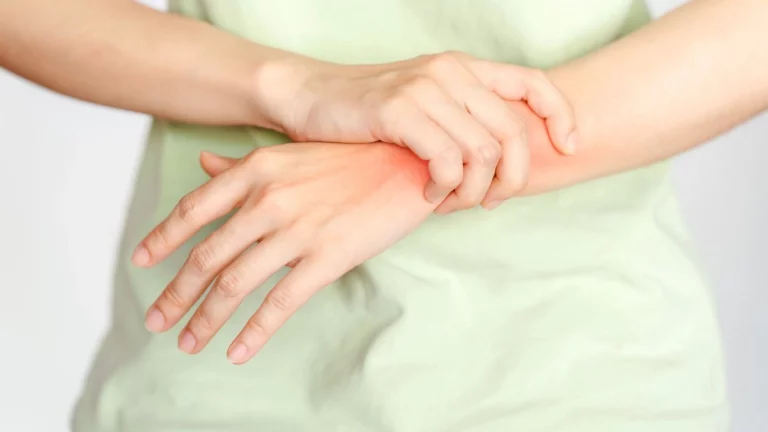How Rheumatoid Arthritis Affects Muscle Function: A Comprehensive Guide
Rheumatoid arthritis (RA) is a chronic autoimmune disease that primarily affects the joints. However, many people don’t realize how deeply it can influence muscle function as well. As a Rheumatology Nurse Practitioner, I’ve seen firsthand how RA can severely impact a person’s physical abilities—not just in terms of joint pain and swelling but also in muscle strength and mobility. You might think that RA only affects the joints, but the effects are much broader than that. If you’ve been diagnosed with RA or are caring for someone who has it, understanding how rheumatoid arthritis affects muscle function is crucial to managing the disease and improving overall quality of life.
The Link Between Rheumatoid Arthritis and Muscle Weakness
One of the lesser-known consequences of rheumatoid arthritis is its potential to cause muscle weakness. While RA is often associated with joint inflammation, it can also lead to a decrease in muscle mass and strength over time. This happens for a number of reasons, and understanding these factors can help patients and healthcare providers take proactive steps to address muscle function early on.

Chronic Inflammation and Muscle Degradation
Rheumatoid arthritis triggers chronic inflammation, not just in the joints but throughout the body. This ongoing inflammation can directly impact muscles by reducing their ability to function optimally. Over time, this inflammation can lead to muscle degradation, a condition known as rheumatoid myopathy. The more severe the inflammation, the greater the damage to the muscles, which leads to significant weakness and fatigue. If you’re feeling unusually tired or weaker than usual despite regular activity, it may be due to the muscle degradation caused by RA.
Impact of Pain on Physical Activity
Pain is a hallmark of rheumatoid arthritis, and it often prevents individuals from engaging in physical activity. Unfortunately, when muscles are not used regularly, they begin to lose strength. People with RA may find themselves avoiding physical movement to escape the pain of joint flare-ups, which further weakens their muscles. A vicious cycle of inactivity and muscle weakness can quickly set in, making it harder for people to maintain their independence and quality of life. Regular movement is essential to maintaining muscle strength, but managing RA flare-ups can make this challenging.
How Joint Deformities Contribute to Muscle Weakness

As rheumatoid arthritis progresses, joint deformities often develop. These deformities can significantly affect how a person moves, putting more strain on the muscles around the affected joints. When the joints are unable to function properly, it forces the surrounding muscles to compensate, leading to muscle overuse and eventual fatigue. Over time, this can further contribute to muscle weakness, creating a cycle that is hard to break without intervention.
Joint Immobilization and Muscle Atrophy
Joint deformities, particularly those involving the hands, wrists, knees, and feet, may also result in joint immobility. When a joint becomes immobilized or stiffened due to RA damage, the muscles around that joint are no longer able to perform their normal functions. This lack of activity causes muscle atrophy, where the muscle tissue shrinks and weakens. This process can be particularly pronounced in individuals with advanced RA, making it more difficult to perform everyday tasks like walking, standing, or even holding objects. Fortunately, physical therapy and muscle-strengthening exercises tailored to a person’s condition can help slow down this process.
The Role of Medications in Muscle Function
The medications used to treat rheumatoid arthritis can also have an impact on muscle function. While disease-modifying antirheumatic drugs (DMARDs) and biologics help control inflammation, they may come with side effects like muscle pain or weakness. Corticosteroids, another class of medication commonly prescribed for RA, are known to cause muscle wasting if used for extended periods. While these drugs are effective in reducing inflammation, it’s important to balance their use with strategies to preserve muscle mass and strength, such as exercise and proper nutrition.
Why Early Intervention Is Key
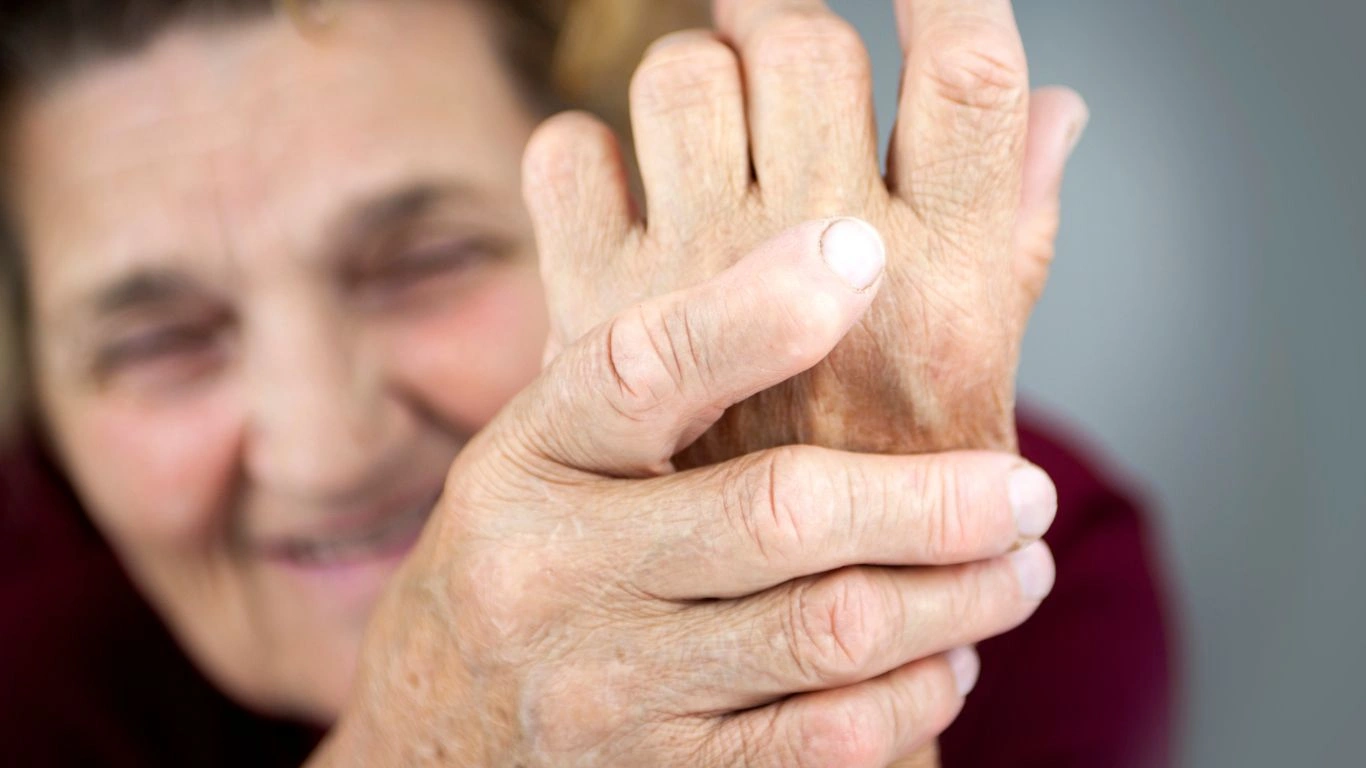
The earlier rheumatoid arthritis is diagnosed and treated, the better the chances of preserving muscle function. This is why it’s so important to catch the disease in its early stages, before severe joint deformities and significant muscle loss occur. Early intervention often involves a combination of medications, physical therapy, and lifestyle modifications aimed at reducing inflammation, preserving joint function, and strengthening muscles. If you’re experiencing symptoms of RA, don’t wait too long to seek medical help—your muscles will thank you for it in the long run.
Exercise and Muscle Preservation
Physical therapy and exercise play a pivotal role in preserving muscle strength for those living with rheumatoid arthritis. Low-impact exercises, such as swimming or cycling, can help improve muscle tone without putting too much strain on the joints. Strength training, when done carefully, can also help maintain muscle mass and prevent atrophy. Working with a physical therapist who specializes in RA can ensure you’re engaging in the right exercises to maintain muscle function while managing your condition.
Nutrition for Muscle Health
Nutrition is another important piece of the puzzle. Adequate protein intake is essential for muscle repair and growth. Ensuring your diet includes enough lean protein, such as chicken, fish, and legumes, can provide the building blocks necessary for muscle maintenance. Additionally, anti-inflammatory foods, such as leafy greens, berries, and omega-3-rich foods like salmon and walnuts, can help reduce inflammation and support overall muscle function.
Managing Muscle Weakness in Rheumatoid Arthritis
Now that we’ve covered how rheumatoid arthritis (RA) can affect muscle function, let’s dive into how we can manage muscle weakness and improve mobility. As someone who’s worked with countless RA patients, I can tell you firsthand that addressing muscle weakness early is key. Not only does it prevent further loss of function, but it can also enhance your quality of life in ways that might surprise you. Muscle weakness doesn’t have to be an inevitable part of RA, and with the right strategies, you can take control of your muscle health.
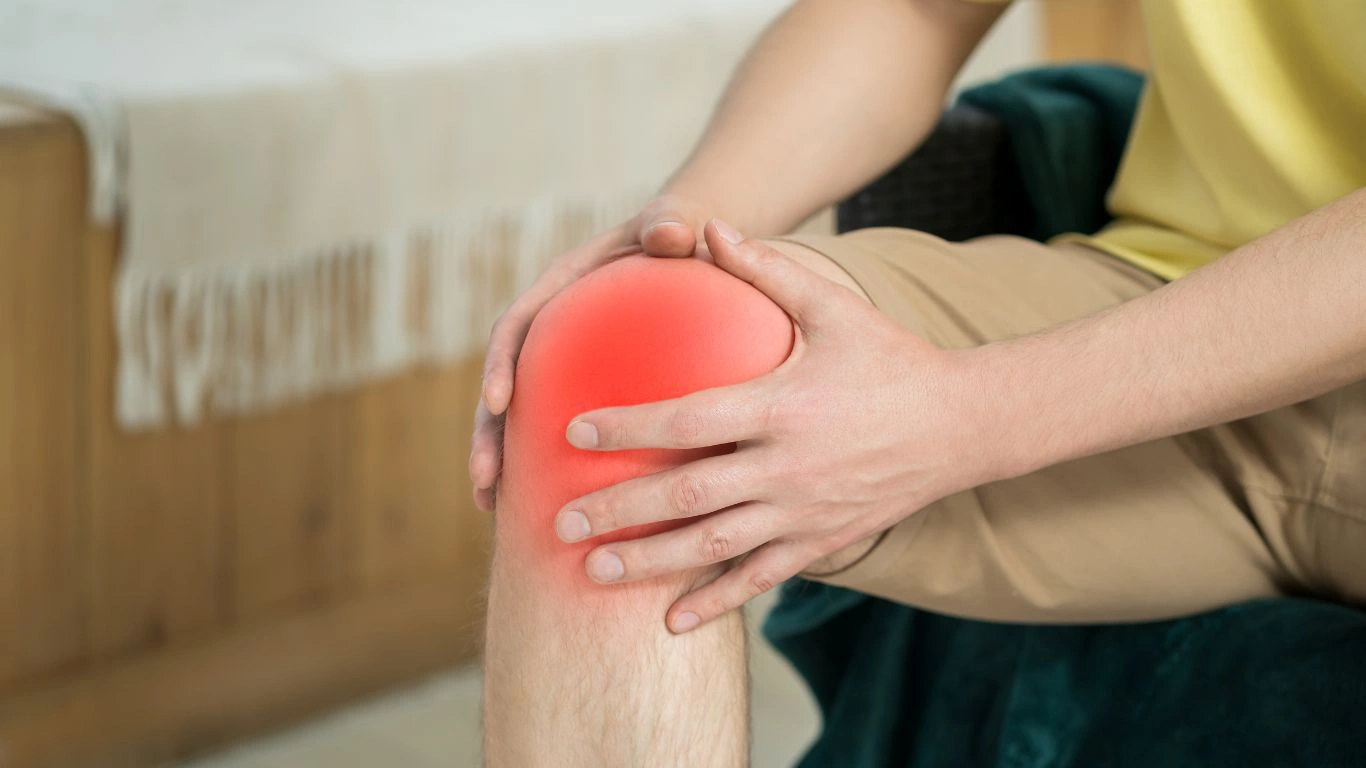
Physical Therapy: Your Best Friend
When it comes to managing muscle weakness in RA, physical therapy (PT) is one of the best tools we have. I can’t stress enough how important it is to work with a physical therapist who understands the nuances of rheumatoid arthritis. They can create a personalized program to help maintain your muscle strength without exacerbating joint pain or inflammation.
Physical therapy for RA typically focuses on improving range of motion, maintaining joint mobility, and strengthening the muscles that support the affected joints. This might involve gentle stretches, low-impact exercises, and techniques that protect the joints while you strengthen the surrounding muscles. Trust me, the benefits of PT extend far beyond just the muscles; it can also help you feel more independent and confident in your daily activities.
Hydrotherapy: Exercising with Less Stress on the Joints
If you’re experiencing significant pain or swelling, hydrotherapy—exercises done in a warm pool—can be an absolute game-changer. This is something I often recommend to patients who are finding it difficult to engage in traditional exercises due to joint pain. The buoyancy of the water reduces the stress on your joints, making it easier to move and engage in strengthening exercises.
In fact, studies have shown that hydrotherapy can help improve muscle strength, flexibility, and joint function in people with rheumatoid arthritis. So, if you’re looking for a low-impact way to keep those muscles active, consider incorporating hydrotherapy into your routine. Plus, the warm water can also help reduce stiffness and pain—another reason it’s become one of my go-to recommendations for RA patients.
Assistive Devices: Helping You Move with Ease
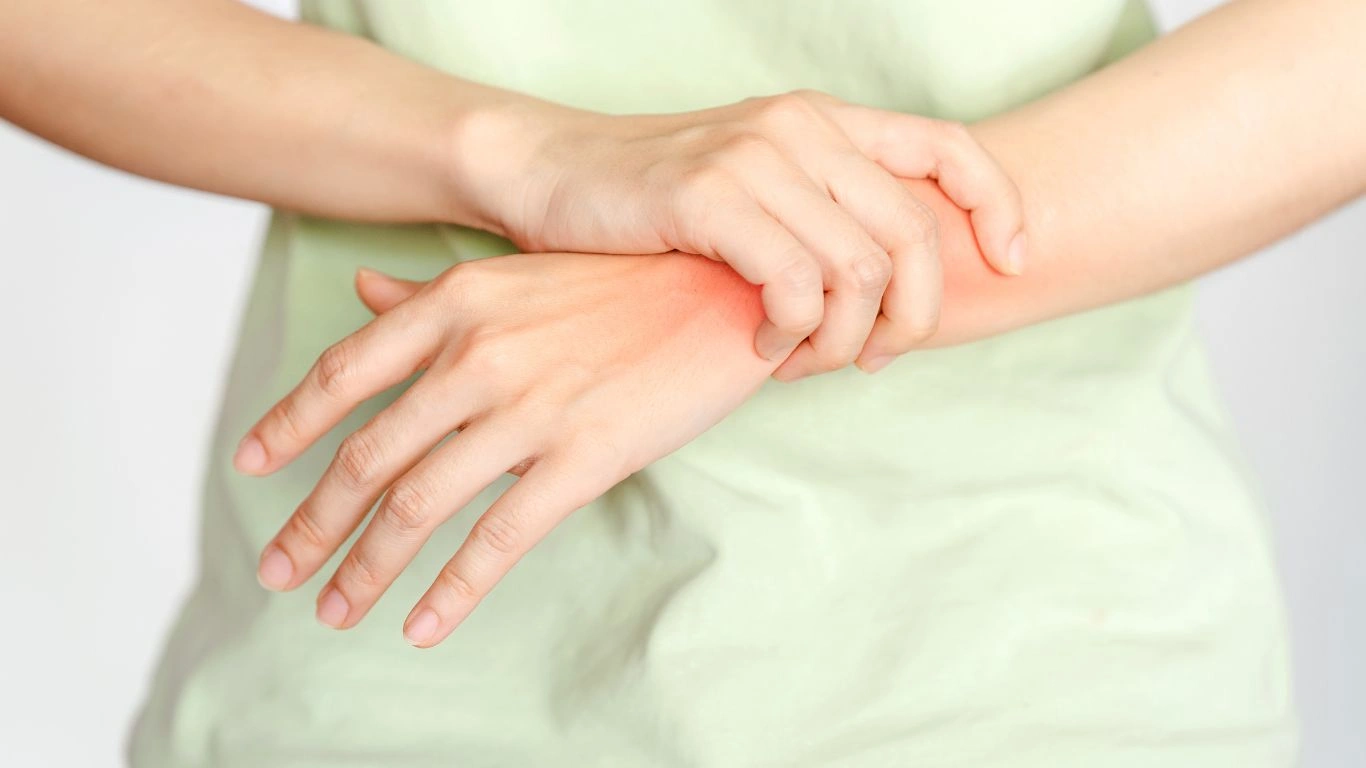
Sometimes, even with the best physical therapy and exercise regimen, muscle weakness can still make basic activities challenging. This is where assistive devices come in. These tools are designed to help you maintain independence and mobility, so you don’t have to sacrifice your daily routines due to muscle weakness.
For example, grab bars in the bathroom can help you maintain balance, while a walking cane or walker can provide stability during walks. I’ve seen many patients feel more confident and less fearful of falling once they’ve incorporated these tools into their routines. And it’s not just about mobility—assistive devices can help with tasks like dressing, cooking, and even driving, making them invaluable for preserving your independence.
Strengthening Muscles Without Straining Joints
If you’re worried about joint strain while trying to build muscle strength, I completely understand. You’re already dealing with the pain and inflammation that comes with RA, so it can be tough to figure out how to strengthen muscles without making things worse. Fortunately, there are several approaches to muscle strengthening that don’t put undue stress on your joints.
Resistance bands are one great option. These bands allow you to perform strengthening exercises without using heavy weights, which can be harsh on your joints. Another option is isometric exercises, where you contract your muscles without actually moving the joint. For example, pressing your hands together as hard as you can in front of your chest can help strengthen arm muscles without straining your elbows or shoulders.
Incorporating gentle strength training into your routine—done at your own pace—is a powerful way to combat muscle weakness while protecting your joints. It might take a little time to figure out what works best for you, but remember that even small improvements in muscle strength can make a big difference over time.
Nutrition’s Role in Supporting Muscle Health
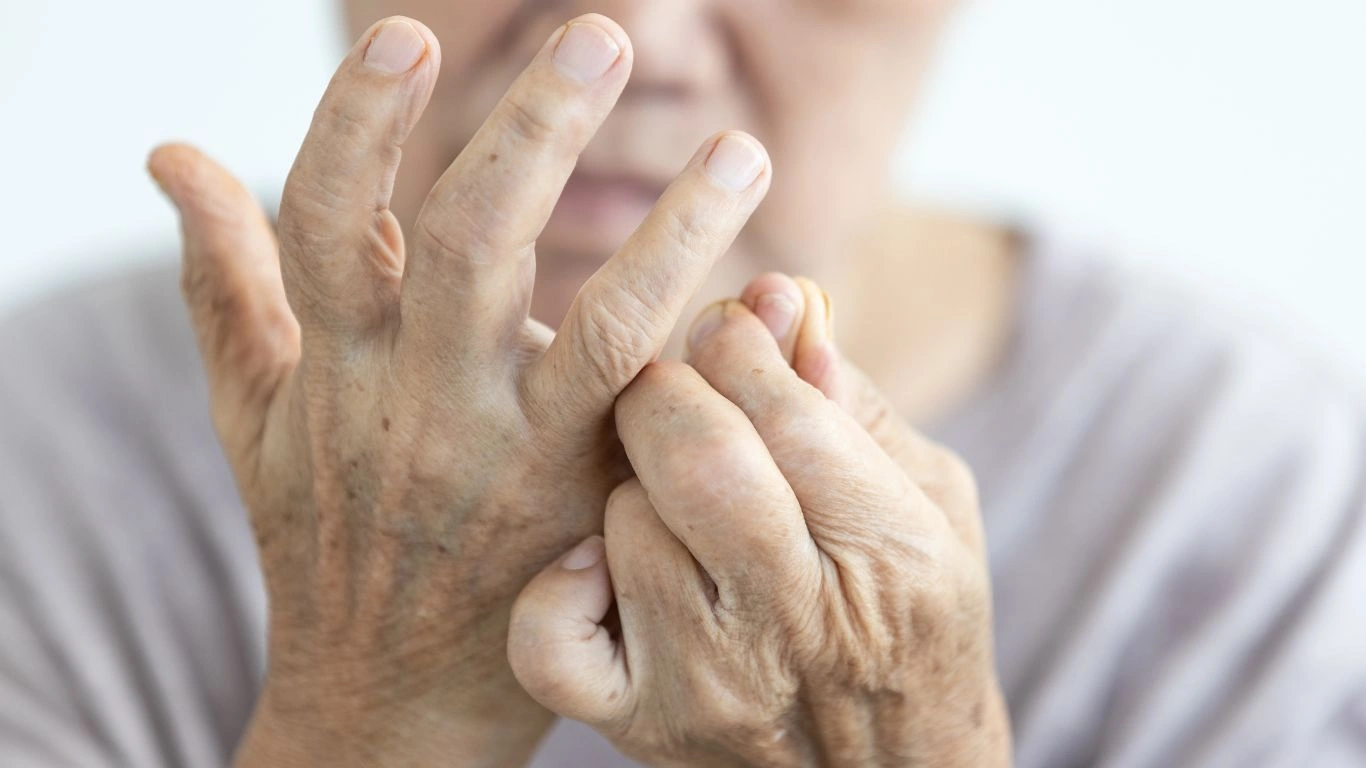
We often hear about the importance of nutrition for overall health, but did you know that what you eat can have a direct impact on your muscle strength, too? For people with RA, maintaining a diet rich in anti-inflammatory foods and muscle-supporting nutrients is crucial. As a nurse practitioner, I often talk to my patients about how certain foods can either support or hinder muscle function, depending on their composition.
Protein: The Building Block for Muscle Health
Protein is an essential nutrient for muscle repair and growth. If you’re experiencing muscle weakness due to RA, increasing your protein intake can help provide your body with the tools it needs to rebuild muscle tissue. Some excellent sources of protein include lean meats like chicken and turkey, fish, eggs, tofu, and legumes. Including a variety of protein-rich foods in your diet can help you maintain muscle mass and support the recovery process after exercise.
It’s also important to note that if you’re losing muscle mass (a common issue with RA), you might need more protein than the average person to keep your muscles in good shape. You don’t need to go overboard, but ensuring you’re getting enough quality protein at each meal is a good place to start.
Anti-Inflammatory Foods: Fighting Back Against RA
In addition to protein, incorporating anti-inflammatory foods into your diet can play a significant role in reducing joint inflammation and supporting muscle health. Foods rich in omega-3 fatty acids, such as salmon, walnuts, and flaxseeds, can help combat the inflammation that’s contributing to muscle weakness. Additionally, fruits and vegetables like berries, spinach, and kale are packed with antioxidants that help fight free radicals and support overall muscle function.
Let’s not forget about vitamin D and calcium, which are both critical for bone and muscle health. While calcium helps keep bones strong, vitamin D plays an essential role in muscle function and strength. Foods like fortified milk, yogurt, and leafy greens are excellent sources of these nutrients. If you’re not able to get enough through food, your healthcare provider might recommend a supplement to make sure you’re meeting your daily needs.
Living with Rheumatoid Arthritis: Coping Strategies for Muscle Weakness
Living with rheumatoid arthritis (RA) presents daily challenges, especially when muscle weakness is involved. As a Rheumatology Nurse Practitioner, I’ve seen how RA can affect more than just the joints—it can take a significant toll on the muscles too. But even though muscle weakness might feel like a setback, there are a number of strategies and lifestyle changes that can help you stay strong, active, and independent. It’s about finding the right balance and staying consistent with treatments, exercises, and self-care practices.

Mind Over Matter: Staying Positive and Motivated
One of the most important aspects of managing RA and muscle weakness is your mindset. I can’t tell you how many times I’ve seen patients push through difficulties simply because they had the right mindset. Of course, it’s not easy—RA can make you feel drained, both physically and emotionally—but staying motivated is key to overcoming the challenges.
When you’re living with muscle weakness and joint pain, it’s easy to become discouraged. But finding small victories—whether it’s walking a little further each day, sticking to your exercise routine, or simply managing to get out of bed without pain—can keep you moving forward. Setting realistic goals for yourself and celebrating those little wins can make all the difference. I always tell my patients, “It’s about progress, not perfection.”
Creating a Balanced Routine: Exercise, Rest, and Recovery
As much as exercise is important, rest is just as crucial. With rheumatoid arthritis, it’s not just about pushing yourself to the limit, it’s about striking a balance. Overdoing it can trigger flare-ups, but inactivity can exacerbate muscle weakness. The key is to find a routine that works for you—one that incorporates both movement and rest.
For many RA patients, establishing a routine that allows for regular but gentle exercise, combined with adequate rest and recovery periods, helps them manage muscle weakness more effectively. You might consider activities like gentle yoga, walking, or swimming, but remember to listen to your body. If you’re feeling overly fatigued or experiencing pain, take a break. Your body will let you know what it needs, and it’s important to honor those signals.
Technology and Innovations in RA Treatment
In today’s world, technology is offering new ways to manage rheumatoid arthritis and muscle weakness. The advances in both medical treatments and assistive devices can significantly improve quality of life for people living with RA. From smartphone apps that help track symptoms to wearable devices that monitor joint function, there’s an increasing array of tools available to help people better manage their condition.
Wearable Devices for RA
One of the most exciting developments in recent years is the advent of wearable devices that track your physical activity, muscle strength, and even joint health. These devices can help you keep a close eye on your progress and make adjustments as needed. They also offer invaluable feedback that can help your doctor tailor your treatment plan, ensuring that it’s as effective as possible in addressing both joint inflammation and muscle weakness.
For instance, devices that monitor your step count and physical activity levels can be a great motivator to keep you moving while also allowing you to track your limitations. Some even offer vibration alerts or feedback when you’re overexerting yourself, preventing you from pushing too hard. It’s like having a personal coach on your wrist, helping you maintain that balance between exercise and rest!
Telemedicine: Bringing Care to Your Doorstep
Telemedicine is another game-changer for those with rheumatoid arthritis. I’ve seen how it makes it easier for patients to stay on top of their treatment plans without the hassle of frequent doctor visits. With virtual consultations, you can check in with your healthcare team, update them on your progress, and get advice on managing muscle weakness—all from the comfort of your home.
This has been especially helpful for those who may find it difficult to travel due to RA-related fatigue, joint pain, or muscle weakness. Plus, with the rise of telemedicine, you can also explore virtual physical therapy, where you can receive expert guidance on exercises that promote muscle strength and joint flexibility from a distance.
Support Systems: The Power of Community

When living with rheumatoid arthritis, having a strong support system is essential. Whether it’s family, friends, or a community of fellow RA warriors, emotional support can help you stay motivated and positive. I’ve seen patients do incredibly well simply because they were part of a support group where they could share experiences, learn from others, and feel heard.
Support groups—whether in person or online—can offer a safe space to discuss the ups and downs of living with RA and muscle weakness. You can exchange tips, learn about new treatments, and most importantly, realize that you’re not alone in your journey. Sometimes, just knowing that others are going through the same struggles can lift your spirits and encourage you to keep pushing forward.
Communicating with Loved Ones
RA and muscle weakness can be isolating, especially when you’re not able to do things you once did. But talking openly with your family and friends about your needs and limitations can help them understand your situation better. For example, they might offer to assist with tasks you’re struggling with or help you stay motivated to exercise. The more they understand, the more they can be there to support you when you need it the most.
Seeking Professional Guidance
Finally, always feel empowered to seek professional guidance when it comes to managing your muscle function and RA. Your healthcare team—whether it’s a rheumatologist, physical therapist, or nutritionist—can offer tailored advice that takes your unique situation into account. There’s no one-size-fits-all approach to managing rheumatoid arthritis and muscle weakness, and the right team can help you create a comprehensive plan that works for you.
References
For more information on managing rheumatoid arthritis and muscle weakness, consider visiting reputable health sources such as the National Institutes of Health and Health.com. They provide the latest research and guidance for individuals living with RA.
Disclaimer
The content provided in this article is for informational purposes only and is not intended as medical advice. Always consult with your healthcare provider before making changes to your treatment or exercise plan. Every individual is different, and a healthcare professional can help tailor a plan that’s right for you.

Tarra Nugroho is a dedicated Nurse Practitioner with a strong foundation in family and preventive care. She brings both compassion and clinical expertise to her practice, focusing on patient-centered care and health education. As a contributor to Healthusias.com, Tarra translates medical knowledge into clear, empowering articles on topics like women’s health, chronic disease management, and lifestyle medicine. Her mission is simple: help people feel seen, heard, and informed—both in the clinic and through the content she creates. When she’s not caring for patients, Tarra enjoys weekend hikes, plant-based cooking, and curling up with a good health podcast.



